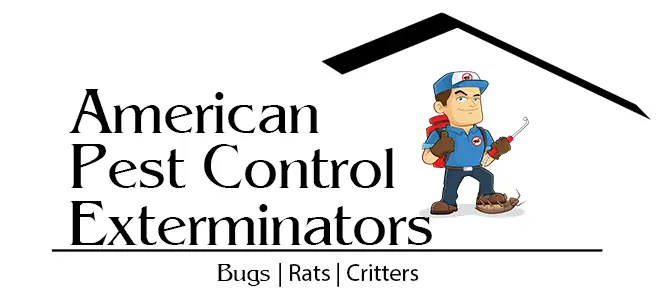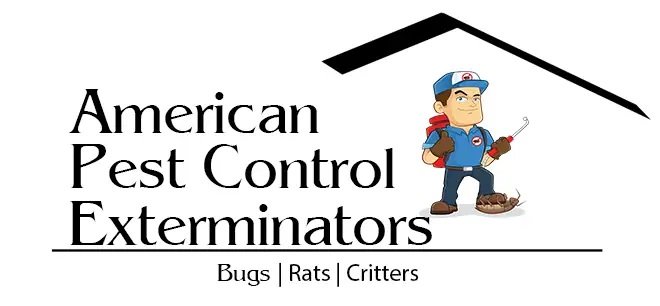
Wasp Stings: Understanding the Symptoms, Treatments, and Prevention Measures
Wasps are widely known for their abilities to sting, and while they are a beneficial insect to have around the home and garden, it’s important to be aware of the risks associated with wasp stings. In this blog article, we’ll explore the symptoms, treatments, and prevention measures for wasp stings. From understanding why wasps sting in the first place to how to treat a sting after it has happened, we’ll cover all of the information you need to know about wasp stings. Read on to find out more!
What are wasp stings?
Wasp stings are one of the most common summertime injuries. While most wasp stings are not serious, they can be painful and cause swelling, redness, and itching. In some cases, wasp stings can also cause more serious reactions, such as anaphylaxis.
If you are stung by a wasp, the first thing you should do is remove the sting. Wasps can leave their stinger in your skin, which can continue to pump venom into your body. To remove a sting, scrape it off with a blunt object or your fingernail. Do not try to pull it out with tweezers, as this can squeeze more venom into your skin.
Once the sting is removed, wash the area with soap and water to help prevent infection. You can also apply a cold compress to the area to help reduce pain and swelling. If you have any signs of a more serious reaction, such as difficulty breathing or swallowing, hives, or dizziness, seek medical attention immediately.
Symptoms of a wasp sting
When a wasp stings, it injects venom into the skin. The venom causes an immediate reaction that can range from a mild local reaction to a more serious systemic reaction.
A local reaction is when the area around the sting becomes red, swollen, and itchy. A systemic reaction is when the body has a more severe reaction, such as hives, difficulty breathing, or swelling of the face, lips, or tongue.
If you have a local reaction to a wasp sting, you can treat it at home by washing the area with soap and water and applying a cold compress to reduce swelling. If you have a systemic reaction, you should seek medical attention immediately.
Treatments for a wasp sting
If you or someone you know has been stung by a wasp, there are some treatments that can be used to ease the pain and swelling. Here is a look at some of the most effective treatments for a wasp sting:
1. Apply a cold compress to the area. This will help to reduce swelling and pain.
2. Take an antihistamine if you have one available. This can help to reduce itching and swelling.
3. Apply a topical cream or ointment to the area. This can help to soothe the skin and reduce pain.
4. If the pain is severe, you may want to take an over-the-counter pain reliever such as ibuprofen or acetaminophen.
5. If you have any allergic reactions to wasp stings, such as difficulty breathing, swelling of the face or throat, or dizziness, seek medical attention immediately!
These are some of the most effective treatments for a wasp sting. Remember to be careful when dealing with wasps and contact your doctor if you experience any severe or persistent symptoms.
Prevention measures for wasp stings
As with any insect sting, the best way to deal with a wasp sting is to avoid getting stung in the first place. There are a few things you can do to prevent wasp stings:
1. Wear light-colored clothing. Wasps are attracted to dark colors, so wearing light-colored clothing will make you less likely to be stung.
2. Avoid perfumes and sweet-smelling lotions. Again, wasps are attracted to sweet smells, so it’s best to avoid them if you don’t want to get stung.
3. Be aware of your surroundings. If you see a wasp nest, stay away from it. And if you’re outdoors in an area where wasps are known to live, be on the lookout for them so you can avoid them.
4. Don’t swat at wasps. If one lands on you, just wait for it to fly away again. Swatting at a wasp will only make it angry and more likely to sting you.
5. If you do get stung, remain calm. Don’t panic or swat at the wasp. Instead, gently brush it away and move away from the area.
6. If you’re allergic to wasp stings, always carry an EpiPen with you.
7. If you’re out in an area with a lot of wasps, consider using insect repellent to keep them away.
Following these tips can help you avoid getting stung by wasps and make your outdoor activities more enjoyable.
When to seek medical attention for a wasp sting
If you have a wasp sting, it’s important to know when to seek medical attention. In most cases, a wasp sting will cause only minor discomfort and can be treated at home. However, there are some cases where a wasp sting can be more serious and require medical attention.
If you have any allergies to bee or wasp stings, or if you have been stung before and had a severe reaction, you should always seek medical attention after a wasp sting. Even if you don’t have an allergy, if you are having any trouble breathing or swallowing, or if the swelling from the sting is spreading rapidly, you should go to the hospital right away.
Wasps can also sometimes leave their stinger in your skin. If this happens, it’s important to remove the stinger as soon as possible so that more venom isn’t injected into your body. To remove a stinger, scrape it off with your fingernail or a credit card. Don’t try to pull it out with tweezers, as this could squeeze more venom into your skin.
If you’re not sure whether or not you need to see a doctor after a wasp sting, it’s always better to err on the side of caution and give them a call. They can help advise you on whether or not your symptoms are serious enough to warrant coming in for an evaluation.
Wasp stings can be a very unpleasant experience, so understanding the symptoms, treatments, and prevention measures is essential to help keep you safe. Be sure to seek medical attention if your symptoms are severe or persist for more than 24 hours. If you know what kind of wasp caused the sting, make sure you take appropriate action and wear protective clothing when dealing with them in the future. By following these tips, hopefully any future encounters will not require medical attention and fewer people will suffer from wasp stings!

